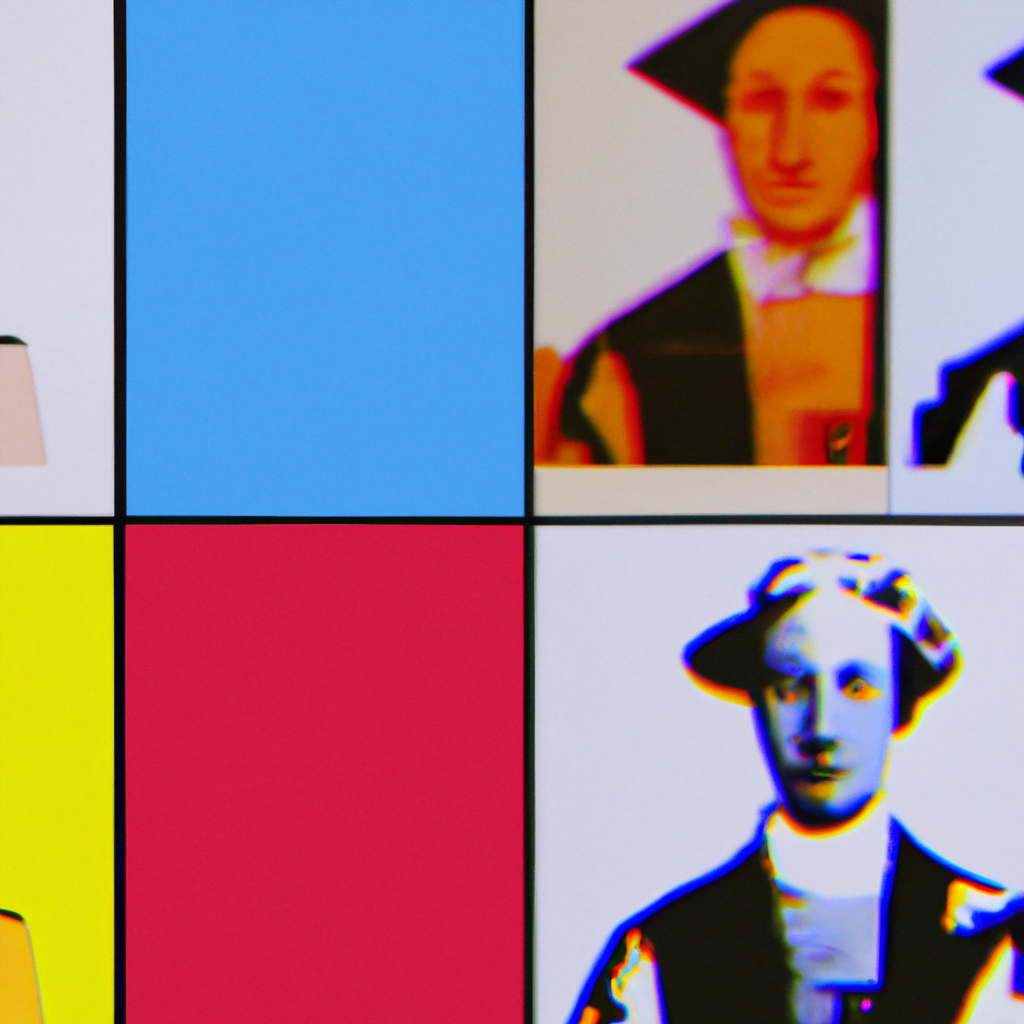
The Role of AI in Designing for Different Cultural Contexts

Artificial Intelligence (AI) has revolutionized various industries, and design is no exception. Designing for different cultural contexts is a complex task that requires a deep understanding of the target audience’s values, beliefs, and preferences. AI can play a crucial role in this process by providing designers with valuable insights and tools to create culturally relevant and inclusive designs. In this article, we will explore the role of AI in designing for different cultural contexts and how it can enhance the design process.
Understanding Cultural Contexts
Cultural context refers to the social, historical, and environmental factors that shape a particular culture. It includes elements such as language, customs, traditions, values, and aesthetics. Designing for different cultural contexts involves adapting products, services, and experiences to meet the specific needs and expectations of diverse audiences.
Designers need to consider various aspects of cultural context, such as:
- Color symbolism and meaning
- Iconography and visual metaphors
- Typography and writing systems
- Layout and spatial organization
- Interaction patterns and gestures
The Challenges of Designing for Different Cultural Contexts
Designing for different cultural contexts presents several challenges. Some of the key challenges include:
- Language: Language plays a crucial role in communication and design. Adapting content to different languages requires careful consideration of linguistic nuances, idioms, and cultural references.
- Visual Aesthetics: Different cultures have distinct visual aesthetics and preferences. Designers need to understand and incorporate these aesthetics to create visually appealing and culturally relevant designs.
- Symbolism and Meaning: Symbols and colors can have different meanings and associations across cultures. Designers must be aware of these cultural variations to avoid unintended misinterpretations or offensive designs.
- Usability and User Experience: Cultural differences can significantly impact usability and user experience. Designers need to consider factors such as reading direction, interaction patterns, and accessibility requirements specific to different cultural contexts.
The Role of AI in Designing for Different Cultural Contexts
AI can assist designers in overcoming the challenges of designing for different cultural contexts. Here are some ways AI can enhance the design process:
1. Data-driven Insights
AI can analyze vast amounts of data to provide designers with valuable insights into cultural preferences and trends. By analyzing user behavior, AI algorithms can identify patterns and preferences specific to different cultural contexts. This data-driven approach helps designers make informed decisions and create designs that resonate with the target audience.
For example, Netflix uses AI algorithms to analyze user viewing patterns and preferences across different countries. This data helps them tailor their content recommendations and user interface to suit the cultural preferences of their global audience.
2. Natural Language Processing
Language is a critical aspect of cultural context. AI-powered natural language processing (NLP) can assist designers in adapting content to different languages and cultural nuances. NLP algorithms can analyze and understand the meaning, sentiment, and cultural references in text, enabling designers to create culturally relevant and engaging content.
Google Translate is an excellent example of AI-powered NLP. It uses machine learning algorithms to translate text between different languages while considering linguistic and cultural variations. This technology enables designers to create multilingual designs that effectively communicate with diverse audiences.
3. Image and Pattern Recognition
AI algorithms can analyze images and patterns to identify cultural symbols, aesthetics, and visual preferences. By recognizing and understanding these visual elements, designers can create designs that align with the cultural context of the target audience.
For instance, Pinterest uses AI-powered image recognition to recommend relevant content to its users. By analyzing the visual characteristics of images, Pinterest can understand users’ preferences and provide culturally relevant design inspiration.
4. Design Automation
AI can automate repetitive design tasks, allowing designers to focus on the creative aspects of designing for different cultural contexts. Design automation tools powered by AI can generate design variations, adapt layouts, and apply cultural-specific design principles, saving time and effort for designers.
Adobe Sensei, an AI-powered platform, offers various design automation features. It can automatically adapt designs to different screen sizes, languages, and cultural preferences, enabling designers to create culturally relevant designs more efficiently.
Case Studies
Let’s explore a few case studies that demonstrate the role of AI in designing for different cultural contexts:
1. Airbnb
Airbnb is a global platform that connects travelers with unique accommodations. To cater to diverse cultural contexts, Airbnb uses AI to personalize its user experience. The AI algorithms analyze user preferences, search history, and cultural context to recommend relevant accommodations and experiences.
For example, if a user from Japan is searching for accommodations in Paris, Airbnb’s AI algorithms consider the user’s cultural preferences and recommend accommodations that align with Japanese design aesthetics or offer amenities preferred by Japanese travelers.
2. Coca-Cola
Coca-Cola is a brand that operates globally and understands the importance of designing for different cultural contexts. Coca-Cola uses AI to analyze social media data, customer feedback, and cultural trends to inform its design decisions.
For instance, when Coca-Cola launched its “Share a Coke” campaign, AI algorithms analyzed social media conversations to identify popular names and cultural references specific to different countries. This data-driven approach allowed Coca-Cola to create personalized labels that resonated with diverse cultural contexts.
Conclusion
Designing for different cultural contexts is a complex and challenging task. However, AI can significantly enhance the design process by providing valuable insights, automating repetitive tasks, and adapting designs to specific cultural preferences. By leveraging AI technologies, designers can create culturally relevant and inclusive designs that resonate with diverse audiences. As AI continues to advance, its role in designing for different cultural contexts will become even more critical, enabling designers to bridge cultural gaps and create meaningful experiences for people around the world.
